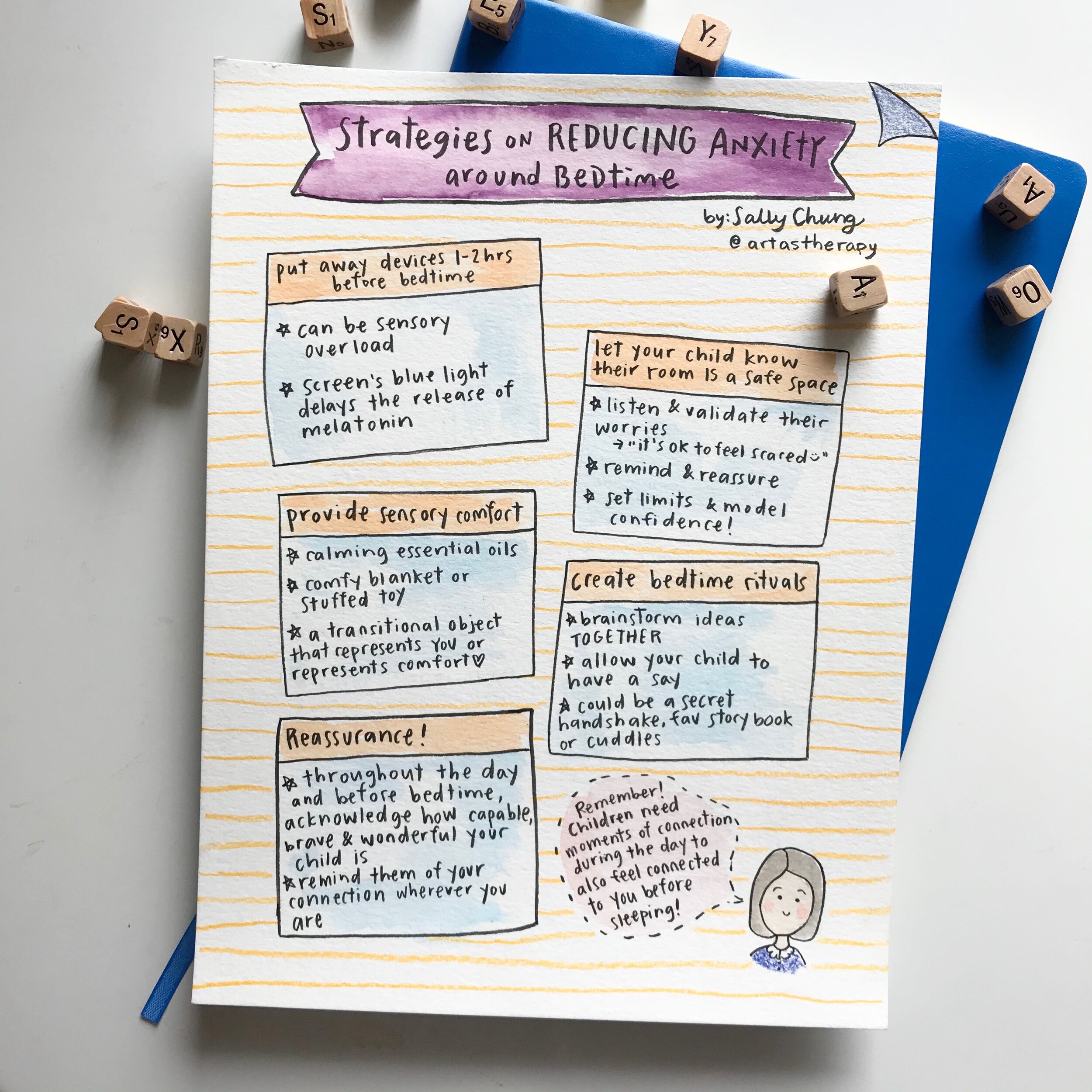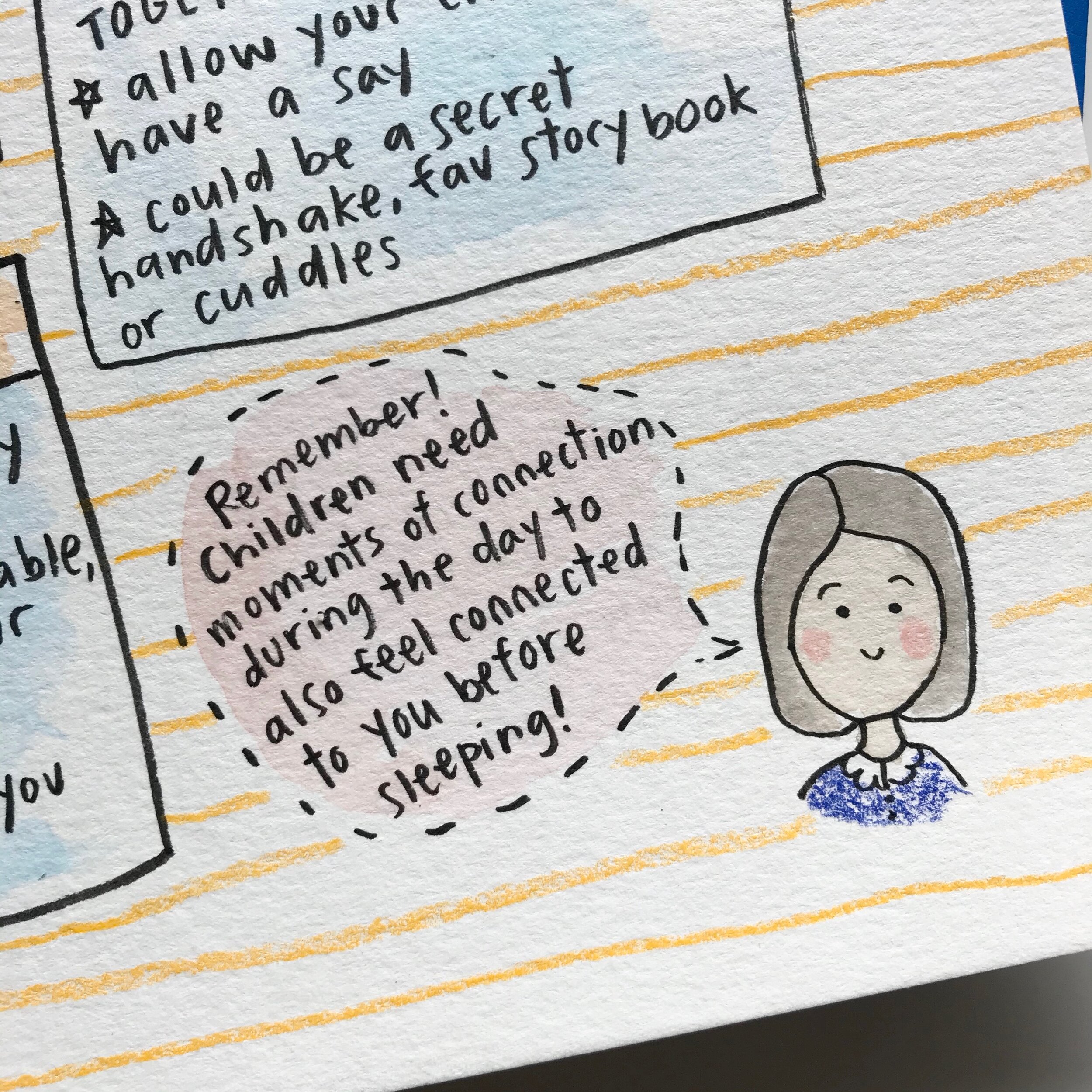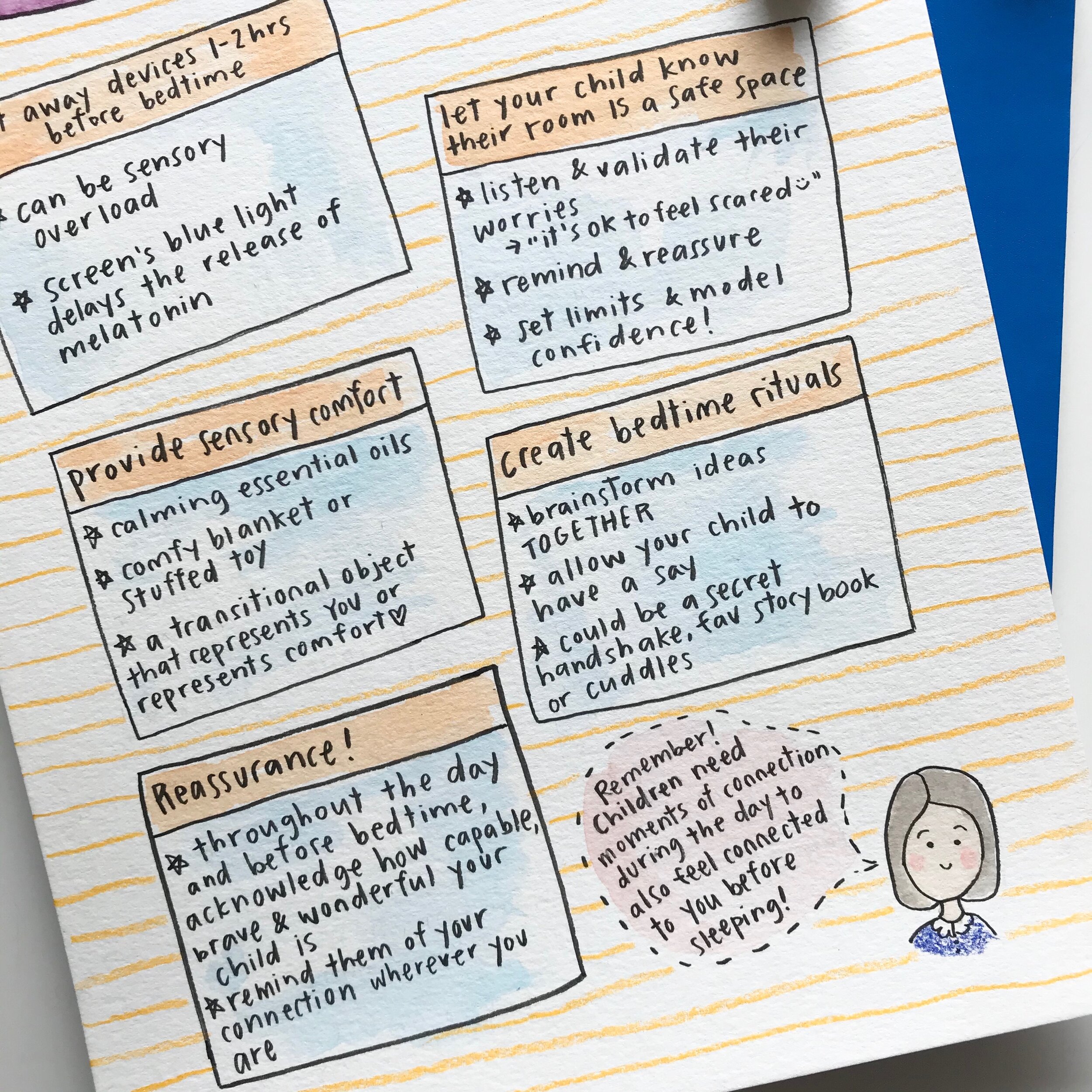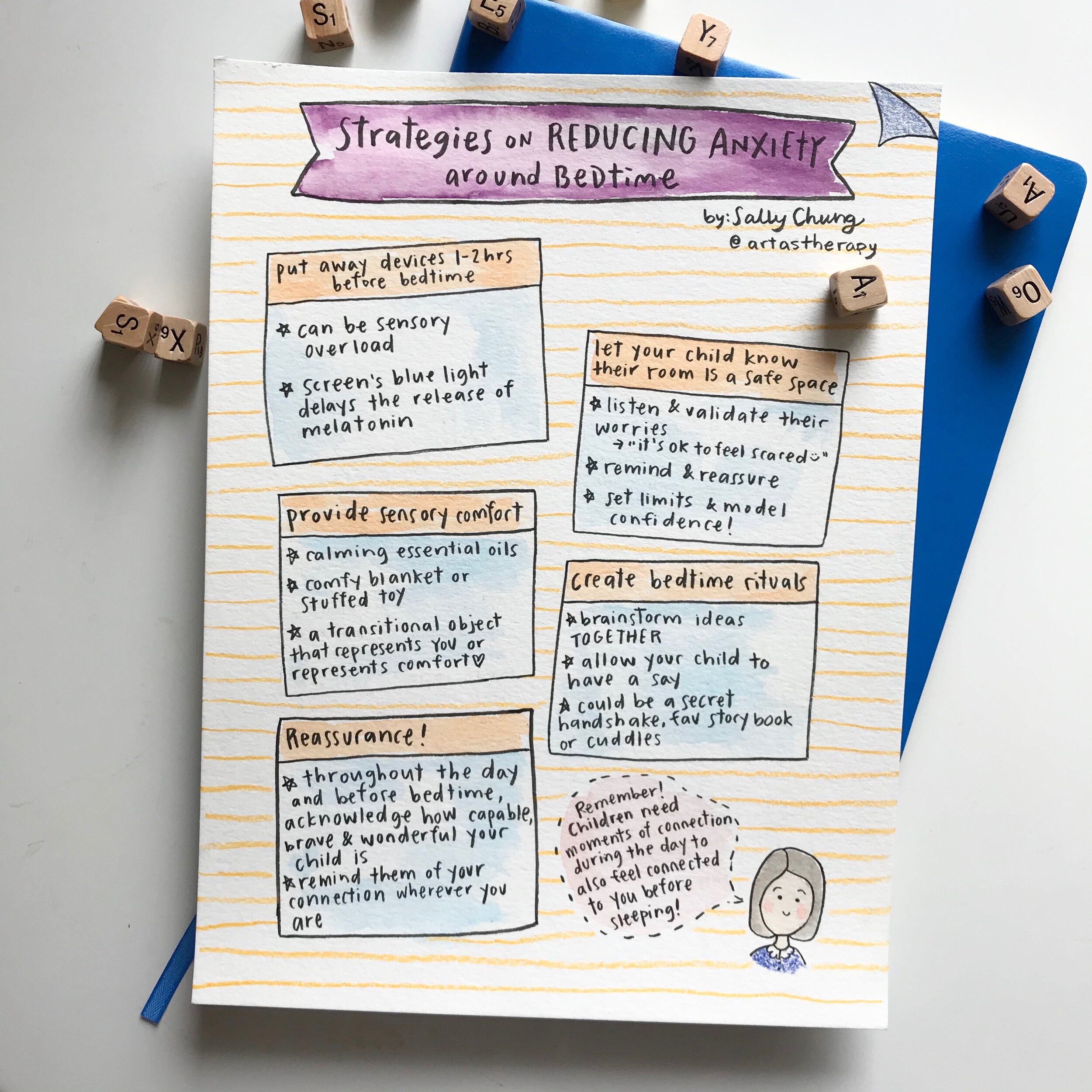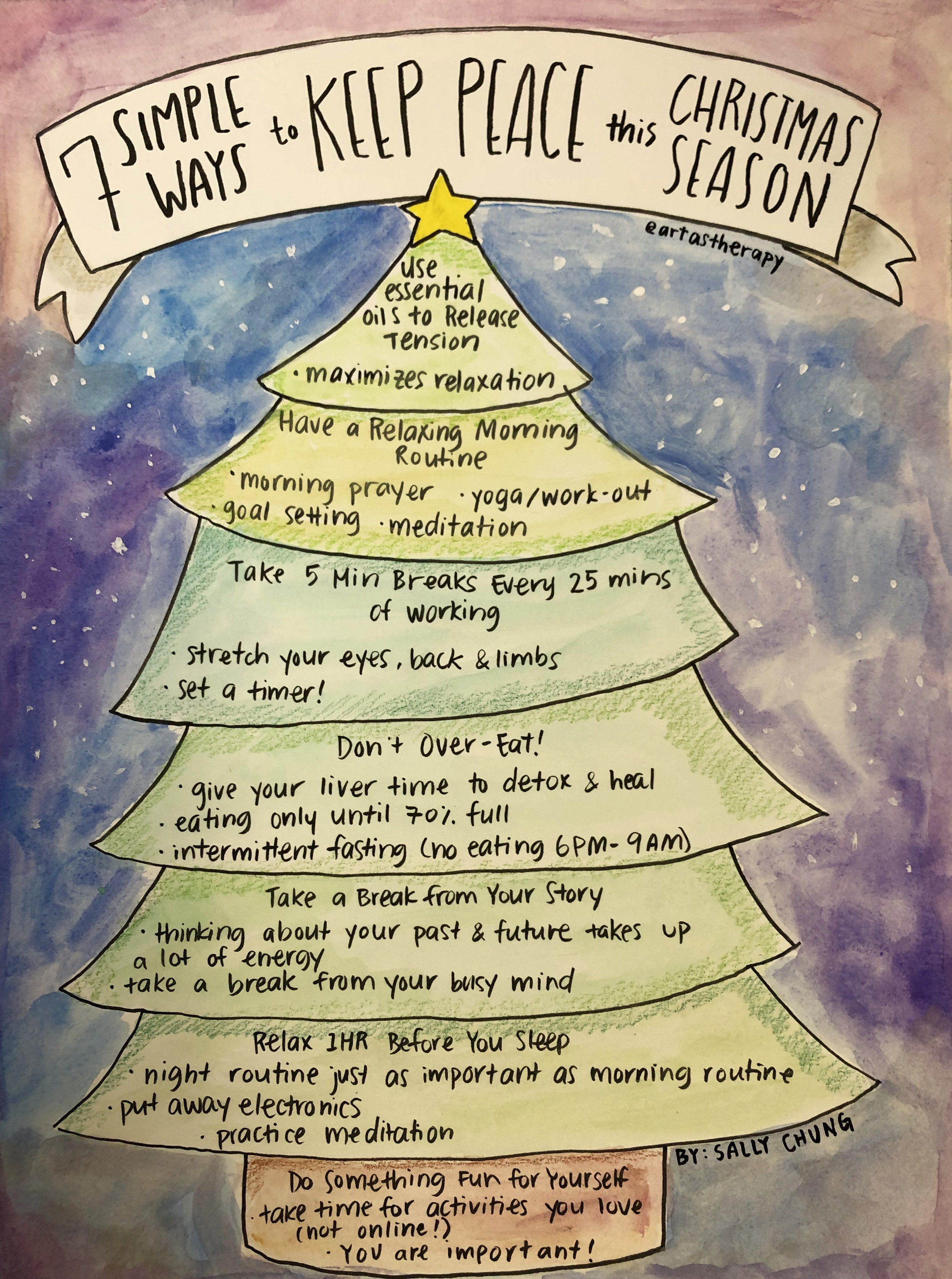Benefits of Online Art Therapy for Teens
Online art therapy or drama therapy provides a safe and accessible way for teens to engage in creative expression while receiving therapeutic support. Here are some key benefits:
1. Accessibility & Convenience
Removes geographical barriers, making therapy available to teens who may not have access to in-person services.
Provides flexibility in scheduling, reducing the need for travel and making it easier to fit into busy school or extracurricular schedules.
Allows teens with mobility challenges, social anxiety, or other barriers to receive therapy in a comfortable setting.
2. Safe & Familiar Environment
Engaging in therapy from home can help teens feel more at ease, reducing initial anxiety around therapy.
The familiar environment can encourage more openness and authentic self-expression.
3. Increased Comfort & Engagement
Some teens find it easier to express themselves through digital mediums rather than verbal communication alone.
The use of digital art tools (such as drawing apps) can enhance creativity and accessibility.
4. Encourages Emotional Expression & Processing
Art provides a non-verbal outlet for emotions, allowing teens to express difficult feelings like stress, anxiety, or trauma.
Helps with processing experiences and fostering emotional awareness.
5. Builds Coping Skills & Resilience
Art therapy can teach teens effective coping strategies for anxiety, depression, and stress.
Encourages self-reflection and problem-solving through creative exploration.
6. Promotes Self-Esteem & Identity Exploration
Teens can explore their identity and self-worth through creative expression.
Art therapy fosters a sense of accomplishment, helping build confidence.
7. Strengthens Social & Communication Skills
For group sessions, online art therapy can provide a sense of community and connection with peers.
Can support communication skills in a low-pressure, creative format.
8. Trauma-Informed & Emotionally Regulating
Art therapy provides a gentle and effective way to process trauma without the need for direct verbalization.
Engaging in art can activate the parasympathetic nervous system, promoting relaxation and emotional regulation.
9. Private & Confidential
Online sessions can offer a private space where teens feel safer to express themselves without fear of judgment.
Sessions are structured to maintain confidentiality and a sense of safety.
10. Integrates Well with Other Therapeutic Approaches
Can complement talk therapy, cognitive-behavioral therapy (CBT), and other therapeutic modalities.
Works well as a standalone practice or as part of a holistic mental health plan.
Online art therapy provides an accessible, flexible, and powerful way for teens to engage in self-exploration and healing. By combining creativity with therapeutic guidance, it empowers them to navigate challenges and build emotional resilience. If you are interested in exploring more, call us today on 519 307 9000 or email admin@artastherapy.ca. We look forward to connecting with you.
For parents
For parents of teen clients, we also offer therapy for adults as well as parenting support. Sessions for parents provide an opportunity to explore the challenges of parenting in a safe, non-judgmental space and allows for parents to tap into their existing skills and build new ones to help them foster a stronger relationship with their child. Call us today to book your session or to learn more. Parenting a teen is not always easy, you do not have to do it alone! We are here to help. You can reach us on 519 307 9000 or email admin@artastherapy.ca.








